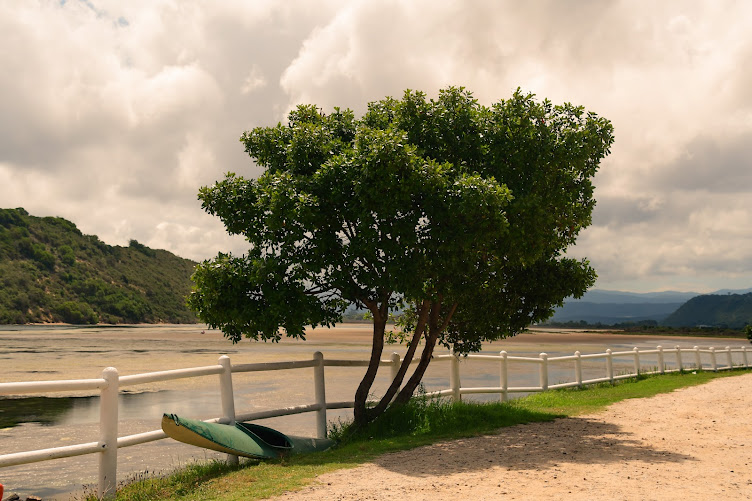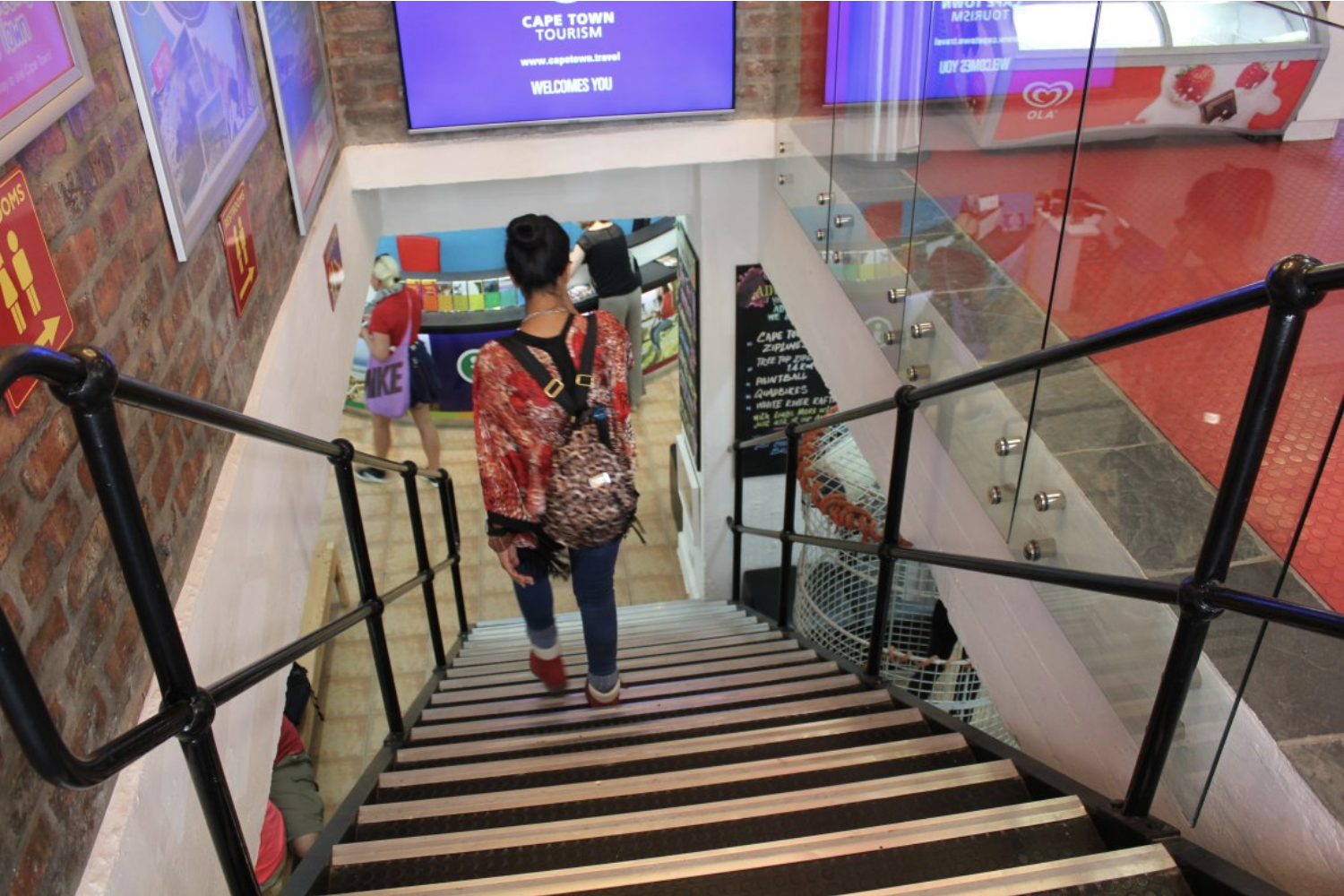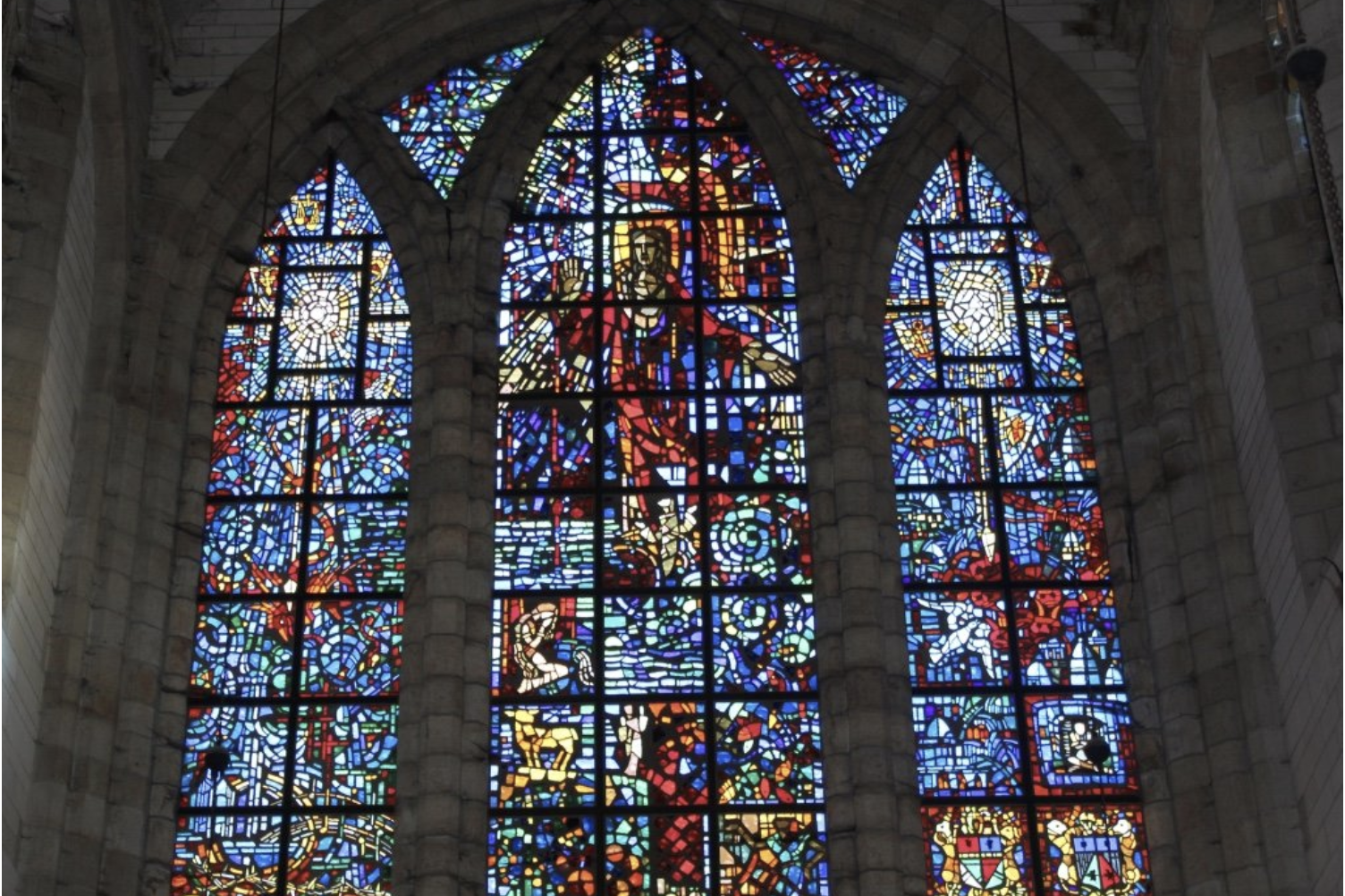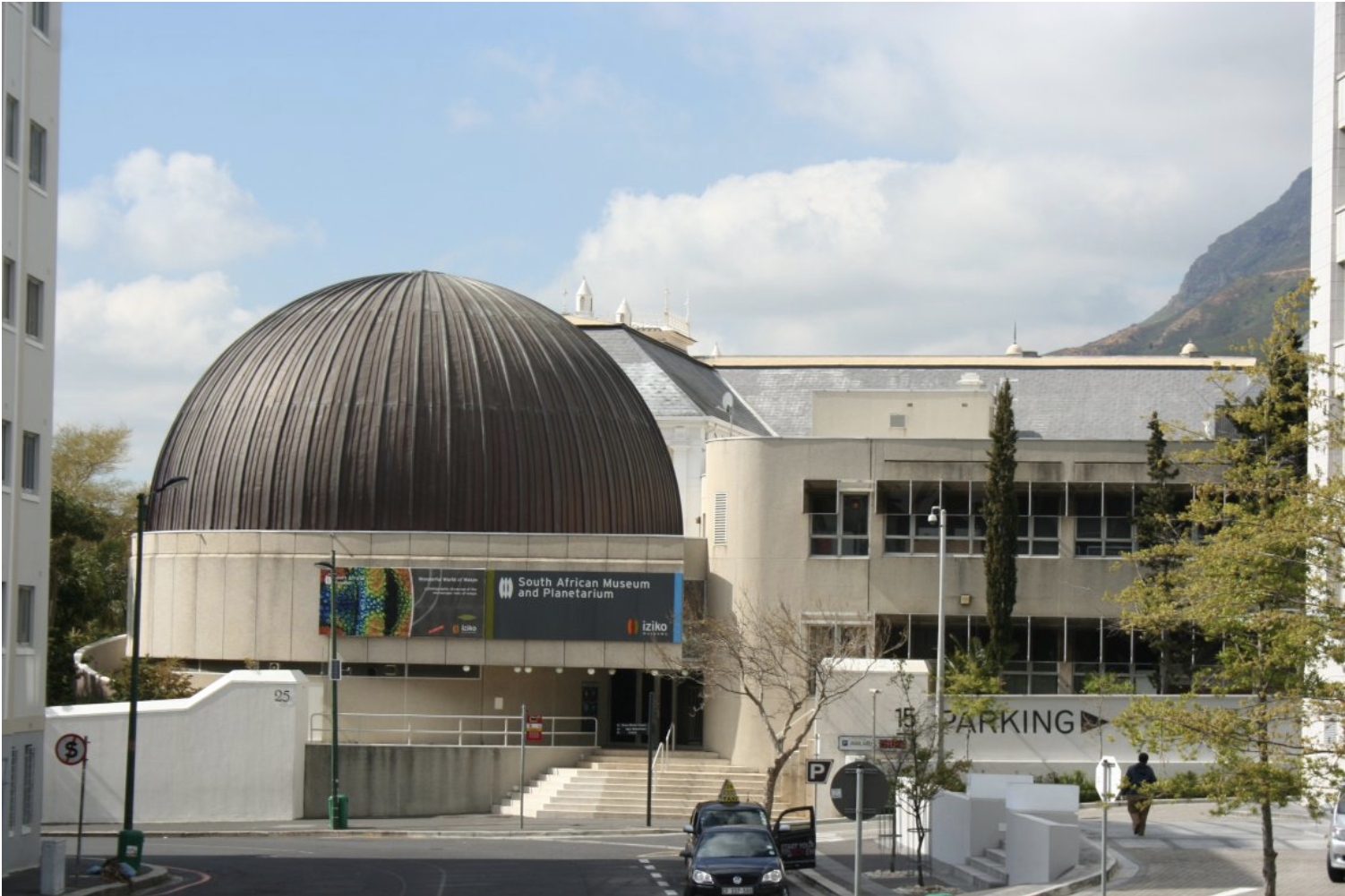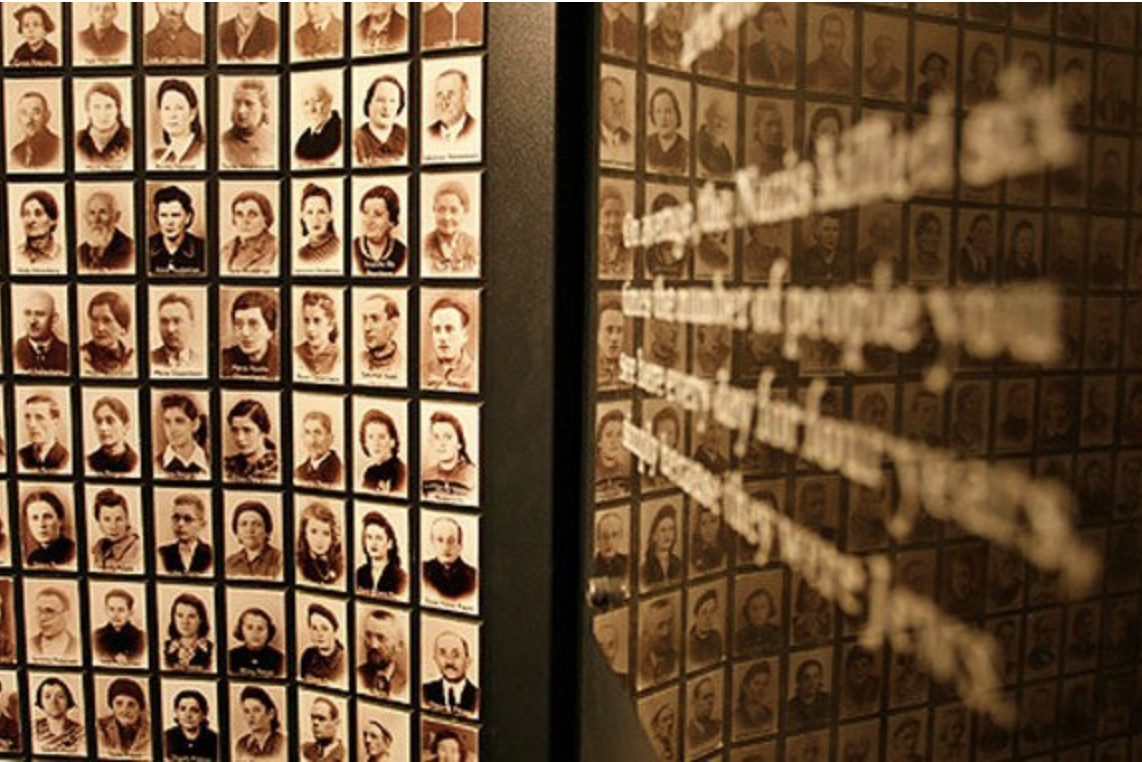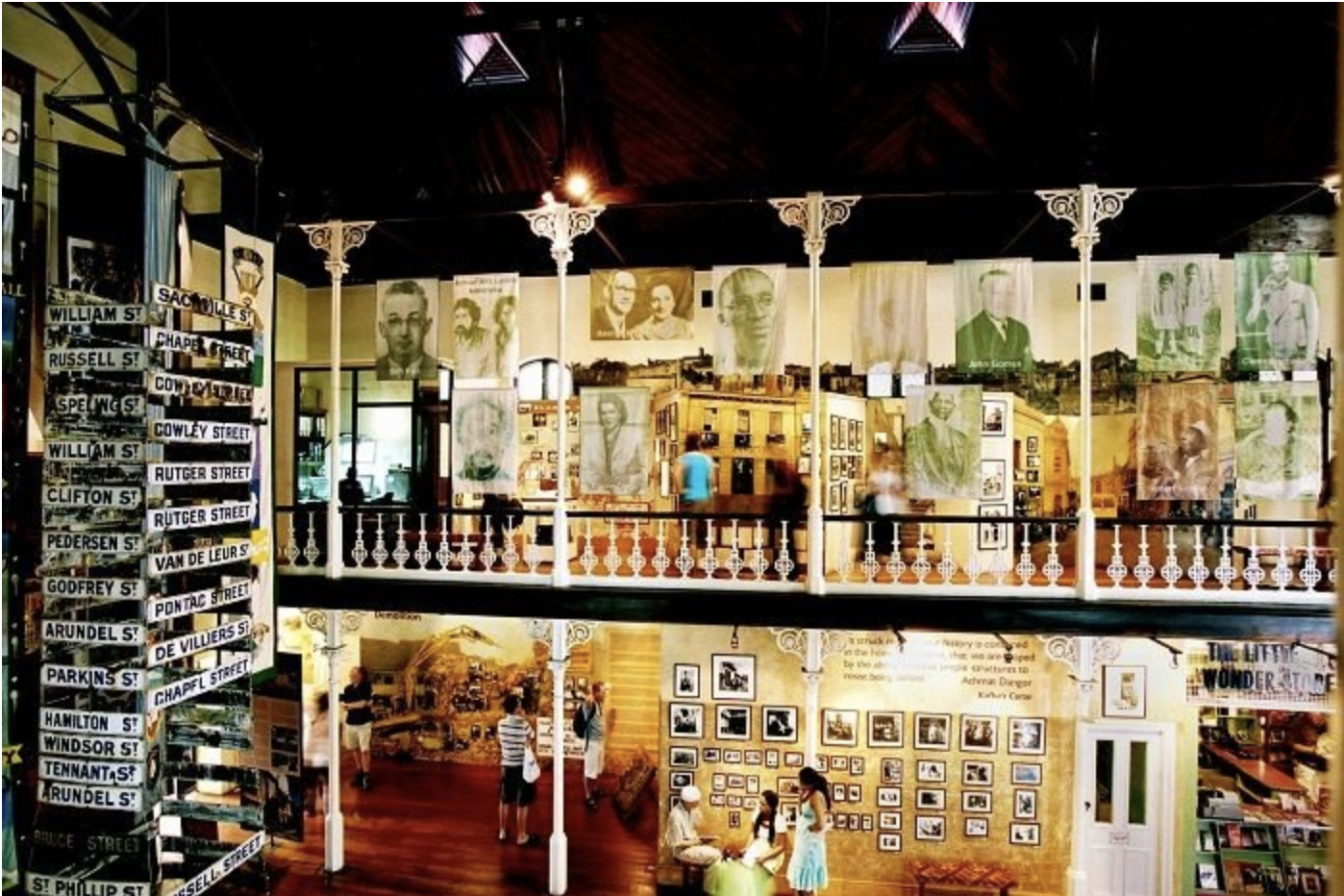Yzerfontein - Pearl of the West Coast
 |
| Yzerfontein West Coast South Africa |
The first owner in this area was Cornelius Heufke - this farmer was granted permission to live and graze his livestock on the farm "Eijzerfontein" on 23rd April 1732. In 1915 the property was purchased by Nicolas Pienaar who then sold most of the land to Yzerfontein Seaside Estates in 1937. The town was proclaimed on 22nd July 1937. The town now boasts many palatial homes - a far cry from its humble beginnings.
Yzerfontein is no longer a small fishing village - it sprawls over a large distance now but always within sound of the waves. With beautiful sunsets, a lovely beach for walking at low tide and unspoilt fynbos, this "village ,just 80 km from Cape Town, is indeed a peaceful week-end escape.
Schaap Island is thought to have received it's name around 1657. Sheep would venture onto the island which then became separated from the mainland by high tide! It's not actually an island and the hiking trail now starts in town and ends on the "island" at low tide.
 | |||
| Schaap Island Yzerfontien West Coast South Africa |
 |
| Schaap Island Yzerfontein West Coast South Africa |
Yzerfontein has many interesting facts if one digs deep enough - the following courtesy of Wikipedia
"The West Africa Cable System (WACS) is a submarine communications cable linking South Africa with the United Kingdom along the west coast of Africa that was constructed by Alcatel-Lucent. The cable consists of four fibre pairs[1] and is 14,530 km in length, linking from Yzerfontein in the Western Cape of South Africa to London in the United Kingdom. It has 14 landing points, 12 along the western coast of Africa (including Cape Verde and Canary Islands) and 2 in Europe (Portugal and England) completed on land by a cable termination station in London. The total cost for the cable system is $650 million.[1] WACS was originally known as the Africa West Coast Cable (AWCC) and was planned to branch to South America but this was dropped and the system eventually became the West African Cable System"
The cable has landed in the following countries and locations:
- South Africa, Western Cape, Yzerfontein
- Namibia, Swakopmund[3]
- Angola, Sangano near Luanda
- Democratic Republic of Congo, Muanda
- Republic of Congo, Matombi near Pointe Noire
- Cameroon, Limbe, near Douala
- Nigeria, Lekki, near Lagos
- Togo, Afidenyigba near Lomé
- Ghana, Nungua near Accra
- Ivory Coast, Abidjan
- Cape Verde, Palmarejo near Praia
- Canary Islands, Telde(el Goro) near Las Palmas
- Portugal, Sesimbra near Seixal
- United Kingdom, Brean near Highbridge (fiber link is extended by underground cable to London)
 |
| Jelly Fish on Main Beach Yzerfontein |
16 mile beach for those avid beach hikers - this is the longest, uninterrupted beach on the South African coastline and it stretches as far as the |West Coast National Park. It boasts views of both Dassen Island and Table Mountain on a clear day.
 |
| Yzerfontien West Coast South Africa |
We did not have enough time to view the Historic Lime Kilns which are on the R315 before you enter Yzerfontein. Their story is fascinating. When a refreshment station was established at the Cape of Good Hope, there was no cement for building. So the Dutch built lime kilns to burn mussel shells. The ash was raked out and had a triple use: mixed with water to make cement, with salt to make whitewash to paint buildings, and with animal fat to make walls waterproof. The Castle in Cape Town and many farm houses in the Sandveld were built with cement made from Yzerfontein mussel shells – how’s that for ingenious? The kilns were still in use as recently as 1976
Yzerfontein has a fascinating history - there is much more to discover such as the fact that
During World War II Yzerfontein had a radar station, erected in March 1943. It was run by women whose job was to track enemy ship and air traffic and especially to look out for enemy submarines threatening the Allied shipping and troopship convoys.
We thoroughly enjoyed our short stay and hope to return again one day.
http://www.flickr.com/photos/bradclinphotography
For Accommodation Cape Town, South Africa
Please share - if you did not enjoy this post .....Shhh - but please still share!
Thanks!
